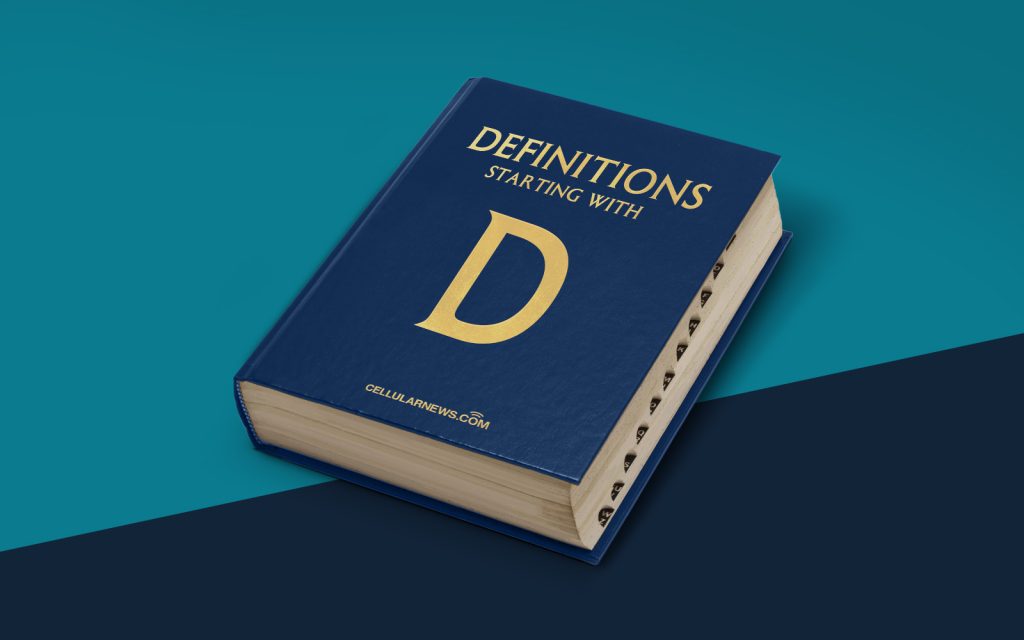
Welcome to the world of Digital Audio Workstations (DAW)
Are you a music enthusiast or a budding producer? Do you find yourself wondering what a Digital Audio Workstation (DAW) is and how it can help you bring your musical ideas to life? Look no further! In this article, we will dive into the world of DAWs, exploring what they are and how they can revolutionize your music production process.
Key Takeaways:
- A Digital Audio Workstation (DAW) is a software application that allows you to record, edit, and mix digital audio.
- DAWs come equipped with a wide range of tools and features that make music production easier and more accessible, even for beginners.
So, what exactly is a Digital Audio Workstation? Think of it as your all-in-one virtual studio. Whether you’re a musician, producer, sound engineer, or songwriter, a DAW is an essential tool that acts as your creative playground. It provides a platform for recording and manipulating different audio sources, allowing you to compose, arrange, mix, and master your music all in one place.
Now, let’s take a closer look at what makes a Digital Audio Workstation an indispensable asset for music production:
1. Recording Capabilities
Recording is at the heart of any DAW. Whether you’re capturing vocals, live instruments, or virtual instruments, a DAW offers the ability to record multiple tracks simultaneously, giving you the freedom to experiment with different sounds and layer them together. Some DAWs even provide advanced features like punch-in recording and time-stretching, making it easier to correct mistakes or manipulate the tempo of your recordings.
2. Editing and Mixing Tools
DAWs provide a wide range of editing and mixing tools that enable you to fine-tune your recordings and achieve professional-level results. From slicing and rearranging audio clips to applying effects and automation, a DAW gives you precise control over every aspect of your music. You can adjust the volume, pan, and EQ of individual tracks, apply virtual effects like reverb or delay, and even create complex arrangements by layering different samples and loops.
Additionally, DAWs offer a virtual mixer that allows you to balance the levels of all the tracks in your project, just like a traditional mixing console. You can adjust the levels, add EQ and dynamics processing, and create spatial effects using panning and stereo imaging techniques. This ensures that each instrument and vocal sits well within the mix, resulting in a polished and cohesive sound.
Aside from these two key aspects, a DAW also provides a vast library of virtual instruments and pre-recorded loops that you can use to spark your creativity and enhance your productions. With the ability to integrate hardware controllers, MIDI devices, and plugins, a DAW offers endless possibilities for creating unique sounds and experimenting with different genres.
So, if you’re ready to take your music production skills to the next level, it’s time to explore the world of Digital Audio Workstations. Embrace the power of technology and unleash your creativity like never before. Your musical journey awaits!
